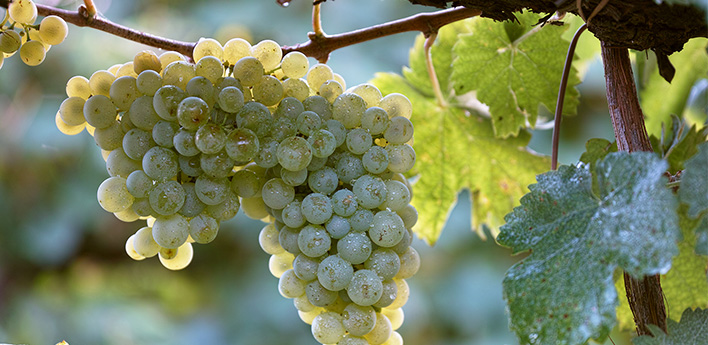September, a precious moment: between the end of August and the beginning of September, the Prosecco DOC grapes are perfectly ripe, in order to optain a high-quality wine, thanks to the right presence of sugar, acidic part and the aromatic substances typical of Prosecco DOC.
After the practice of the harvest, the grapes reach the cellar quickly, due to avoid unusual fermentation, and thus, to protect the most fragile organoleptic parts.
Here starts the most charming journey: the one that will make the most appreciated wine all over the world.

